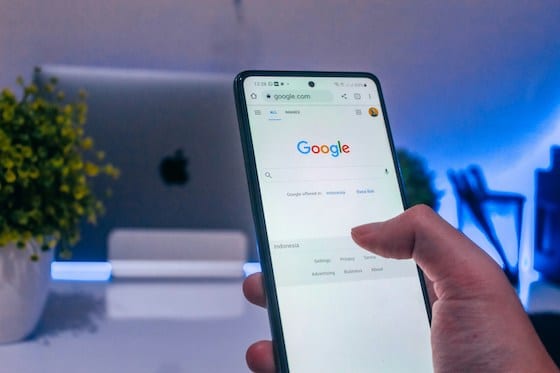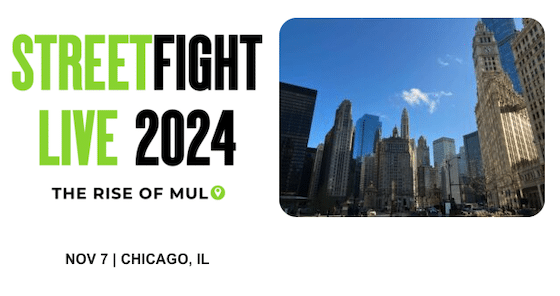Emerging and immersive ad formats continue to hold promise, though they’re mostly still in early adopter phases among brands and SMBs. By immersive ads, we mean formats that utilize the camera (Gen-Z friendly) to offer 3D interactivity, such as virtually trying on shoes or shades of lipstick.
This category includes AR and social lenses — the most popular formats to date — but also visual search. As we’ve examined, Google is pioneering a “search what you see” use case to point your phone at objects to contextualize or shop for them. This extends to 3D urban walking directions a la Live View.
But the king of consumer AR is Snap. Not only has it popularized AR lenses by having them piggyback on the existing behavior of media/selfie sharing, but it has monetized that traction. Snap explicitly attributes AR lenses as its growth engine during the past few years of ad revenue acceleration.
It turns out that the same qualities that make lenses so viral create favorable KPIs for brand advertisers. For example, products shown in greater visual dimension have higher conversion rates on average than non immersive benchmarks. They also reduce return rates for eCommerce purchases.
Market Headroom
To double down on all of these principles, Snap recently launched the AR Lab with ad agency giant WPP. The Lab will specifically provide onboarding tools, educational materials and development resources for brands to get started in immersive ads. The first steps are often the hardest.
Breaking it down further, the AR Lab will offer a custom strategy guide with best practices for successful AR lens campaigns (think: how to convert lens interactions to eCommerce purchases). It also offers an optimization scorecard to track campaign effectiveness in real-time.
Lastly, the AR Lab will establish an AR certification program that aims to enroll 1,000 WPP employees this year. This could be a key brand adoption accelerant because agency representatives will be equipped to “translate” their campaign goals to the benefits and best practices of AR lenses.
Stepping back, the idea here is generally to continue growing lenses past the early-adopter brands noted earlier. The beauty of lenses for Snap isn’t just growth so far… but the market headroom still to come. Most advertisers haven’t yet experienced the benefits of these immersive formats.
Why is that? Some advertisers aren’t convinced, some need more education, and others are simply stuck in their ways… as it often goes with the habit-bound Madison Avenue. So the AR lab is Snap’s way of reaching these uninitiated and unconverted brands. And WPP is its bridge to get there.
Long Tail
All of the above leads to the question of SMBs. Will lenses be a viable ad format for the long tail of advertisers? Like several other technologies before it, there’s a common pattern of ad-tech adoption that starts with brands before moving down market. Will that be the case with AR lenses?
The answer probably depends on verticals. AR’s benefits are more evident in hard goods, given the ability to visualize products remotely before buying. That also makes it Covid-friendly in that product visualization can bring back the product dimension that was yanked away in the pandemic.
This makes AR a natural fit for retailers or specialty goods providers. Of course, there’s a value chain that still needs to be developed. For example, making one’s products render properly in AR requires 3D digital assets — either existing CAD designs or 3D scans that need to be made.
These components will get democratized over time, but it may take a while. Meanwhile, some SMBs and franchises have corporate support. For example, a car dealership can offer 3D car visualizations for buyers to see what the car looks like in their driveway, including color variations.
This will all take a while to reach any form of ubiquity for SMBs, but there are signs that immersive ads could continue to evolve and gain traction in certain product categories. This will be accelerated as companies like Snap internalize revenue performance and double down on the technology.




